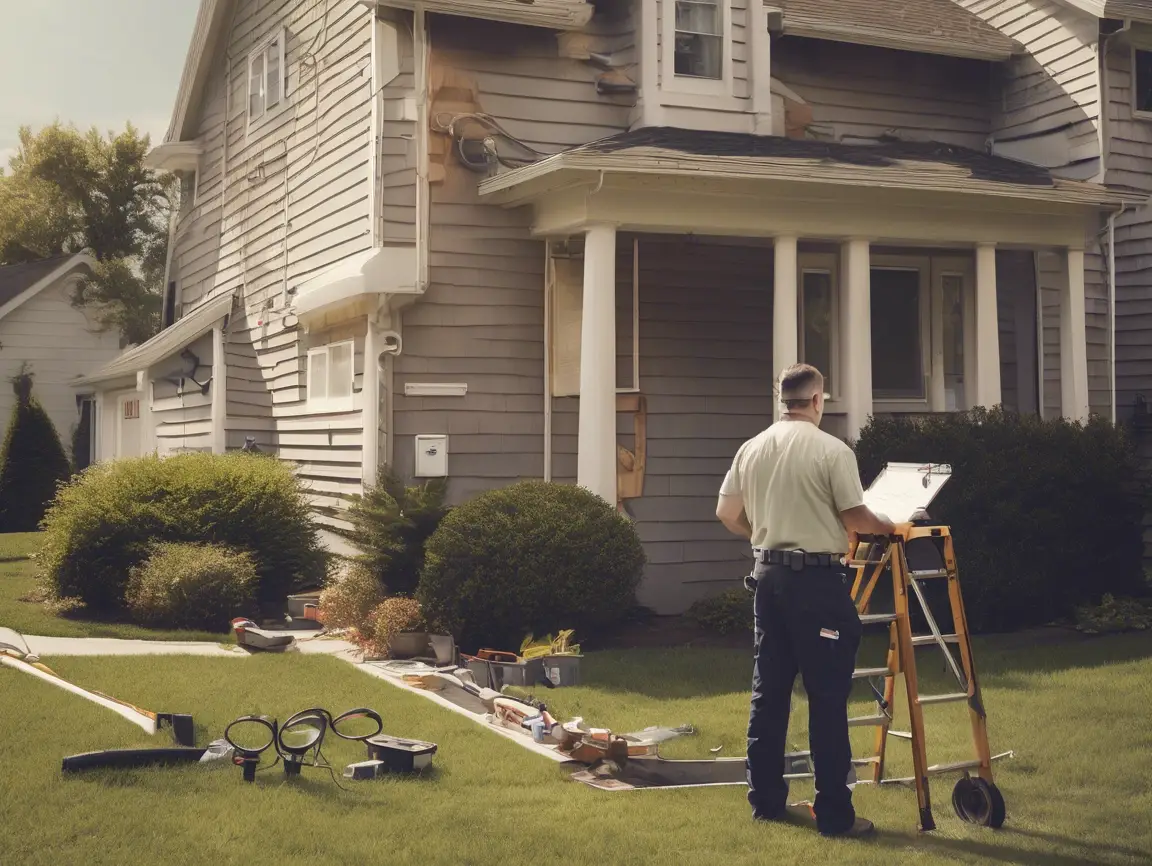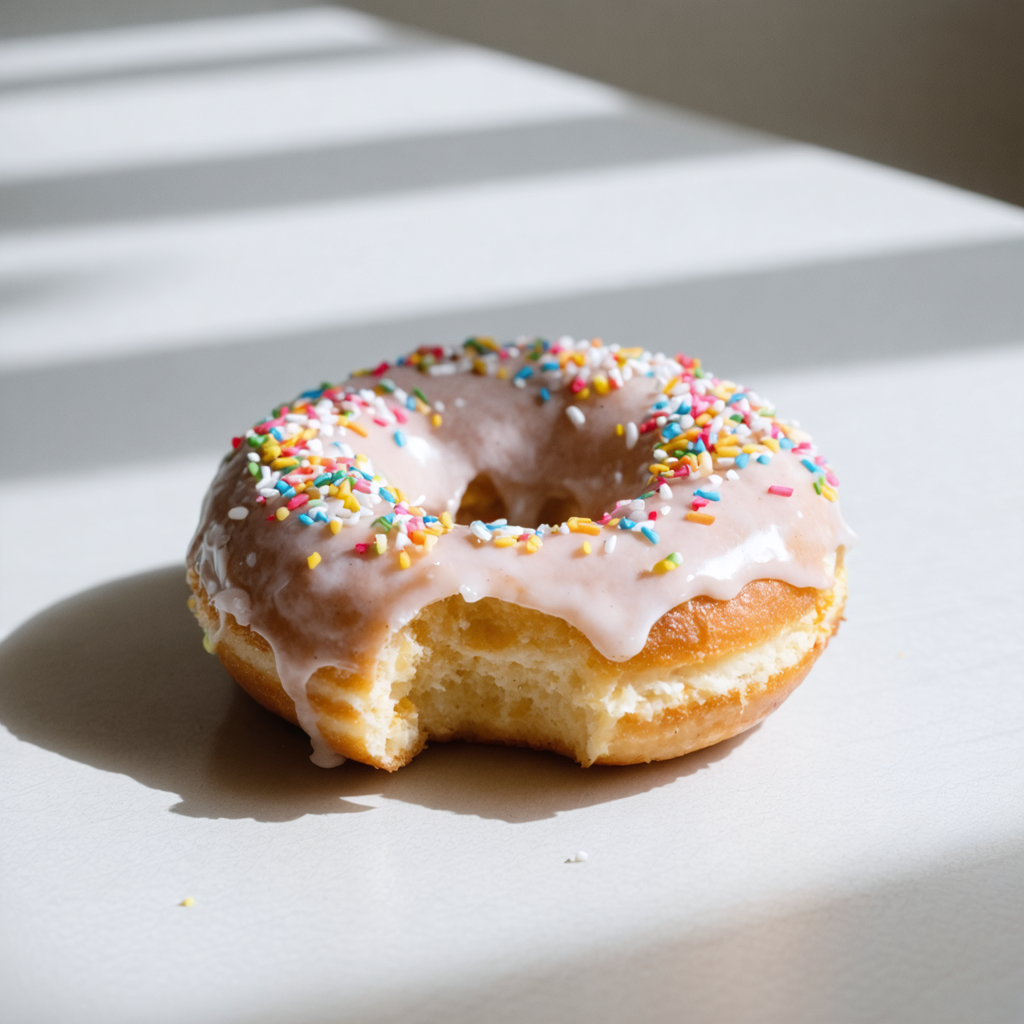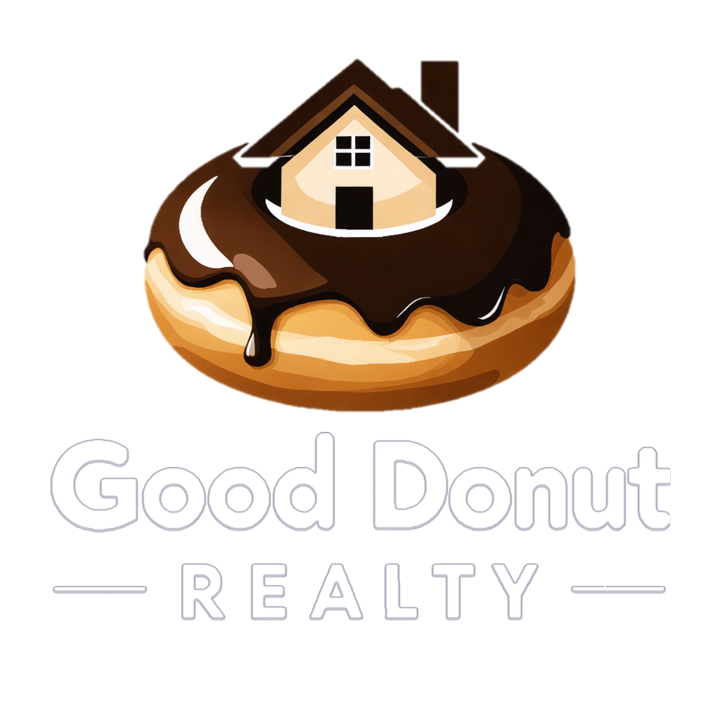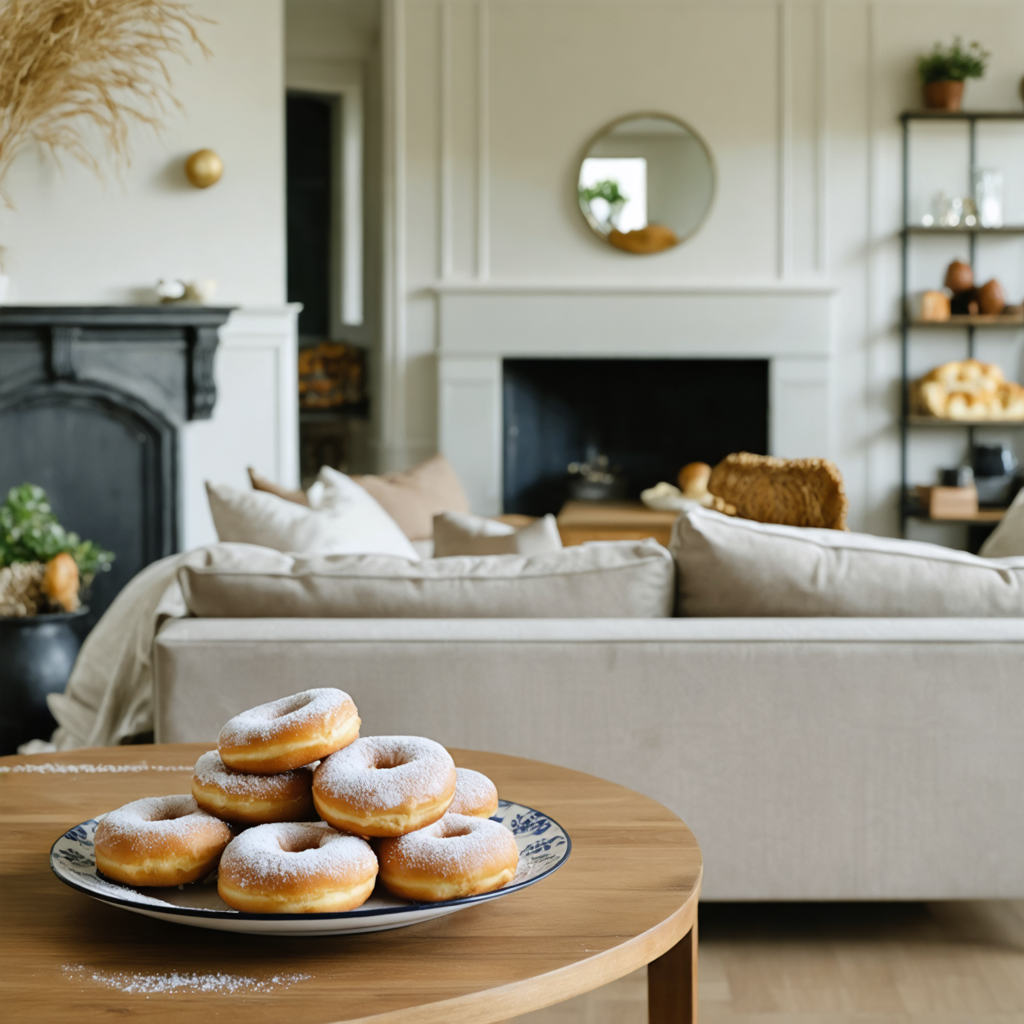
What’s Actually Included in a Home Inspection? Let’s Break It Down.
So, your offer got accepted—congrats! But before planning décor or donut runs, there’s a key next step: the home inspection.
To begin with, think of it as a quality check before you take a big bite into ownership. Even if everything looks flawless, what’s underneath might surprise you. That’s why scheduling a home inspection near me is a smart move.
In addition, it gives peace of mind—or a much-needed heads-up—before making one of life’s biggest purchases. Review a home inspection checklist to know exactly what’s being evaluated.
Let’s break it down—Sweet Tip style.
1. What is a Home Inspection?
A home inspection is a thorough, visual check of the home’s structure and major systems. Typically, it happens after your offer is accepted—but before closing.
Importantly, it’s not about judging the layout. Instead, it ensures the home is safe, functional, and structurally sound.
🍩Sweet Tip: This isn’t a formality. It’s your chance to spot major red flags and potentially renegotiate—or walk away—if something serious comes up. You’re not just buying the frosting—you want the whole donut to hold up.
2. What’s Typically Covered in a Home Inspection?
Here’s what inspectors usually check:
🚿 Plumbing Systems
- Water heater
- Faucets and pipes
- Water pressure and drainage
🏠 Roof & Attic
- Shingle condition
- Signs of leaks or poor drainage
- Insulation and ventilation in the attic
🧱 Structure & Foundation
- Cracks in walls or flooring
- Uneven or sloping floors
- Evidence of water damage or settling
🚪 Interior & Exterior Features
- Windows, doors, floors, ceilings
- Stairs, railings, siding, driveways
❄️ HVAC (Heating, Ventilation, A/C)
- Age and function of furnace and AC
- Ductwork condition
- Thermostat operation
⚡ Electrical Systems
- Panel, circuit breakers, outlets, and switches
- Grounding and potential fire hazards
🍩Sweet Tip: The inspection doesn’t care if the wallpaper is outdated or the kitchen cabinets aren’t your style. This is about function and safety, not fashion.
3. What’s Not Included in a Standard Inspection?
Here’s what inspectors usually check:
- Chimneys or fireplaces
- Mold, asbestos, or radon
- Pools or hot tubs
- Pest or termite damage
- Septic systems or wells
🍩Sweet Tip: It’s okay to attend the inspection and ask questions in real-time. A good inspector will walk you through their findings and help you understand what’s a minor fix vs. a major issue.
4. What Happens After a Home Inspection?
You’ll receive a report—typically 24 to 48 hours later—that outlines everything the inspector saw. It’ll include:
- A summary of issues
- Photos
- Recommendations for repair or further evaluation
You can then:
- Walk away (depending on your contract)
- Request the seller fix certain issues
- Ask for a credit or price reduction
🍩Sweet Tip: Every home has something. Even new builds! Focus on major safety or structural issues—don’t sweat the chipped tile in the laundry room.

The Last Bite
Your home should be as solid as it is sweet. That’s why a home inspection is absolutely essential. After all, you don’t want to sink your savings into a money pit. Instead, use a trusted home inspection checklist to spot hidden issues early. Whether it’s your first home or your forever one, don’t skip this step. Moreover, don’t go through it alone.
Let’s grab coffee (or donuts) and make sure you’re confident every step of the way. After all, with the right home inspection checklist, there’s nothing to worry about. In fact, we make home buying sweet so an inspection is nothing to worry about!


